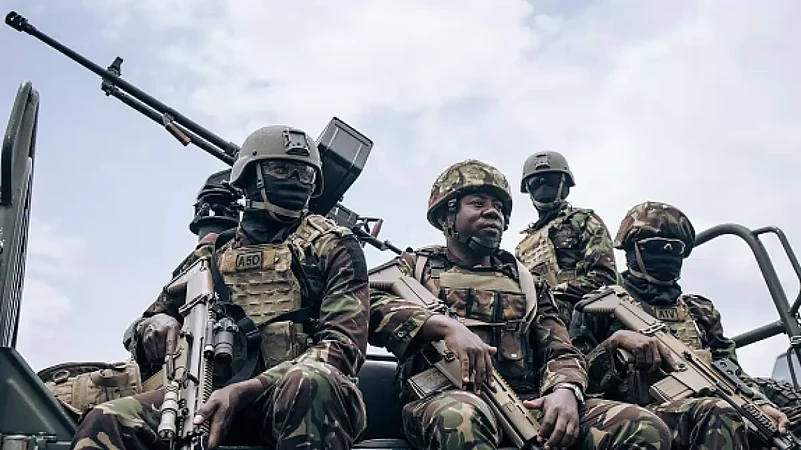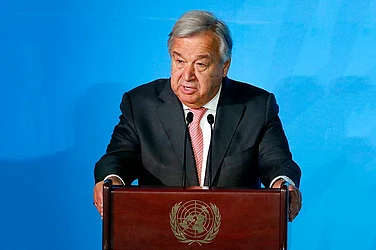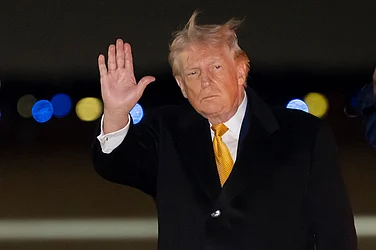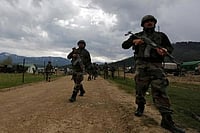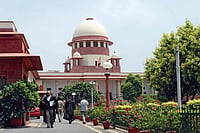Over 6.9 million people have been internally displaced in the Democratic Republic of Congo (DRC) amid an endless cycle of war since the late 1990s and early 2000s that has claimed over five million lives so far.
As of today, most of the fighting takes place in the regions of North and South Kivu, on the DRC/Rwanda border. Although this fighting between rebel groups for control over land and power has been going on for decades, the resurgence of the rebel group M23 in November 2021 has worsened the security situation in eastern provinces of the DRC.
A timeline of the endless war in DRC:
1994 Rwandan Genocide
Rwanda is a land-locked country in central Africa. The genocide in the region was triggered by the death of then-President Juvenal Habyarimana, and his counterpart Cyprien Ntaryamira of Burundi - both Hutus. The duo were travelling in a plane on April 6 1994 when it was shot down, killing everyone on board.
The Hutu-controlled government blamed the Rwandan Patriotic Front (RPF) – Tutsi exiles – for the incident and slaughtered between 800,000 and one million Tutsis and moderate Hutus before the Tutsi rebel group overthrew them. Millions of Rwandan refugees fled into the eastern Democratic Republic of Congo in the aftermath of the 100-day genocide.
1996-1997 First Congo War
The refugee camps in Eastern Congo served as de facto army bases for exiled Hutus who terrorised the local population until October 1996. In response, eastern Congolese Tutsi led an uprising to force the Rwandans out of the Congo, which led to the First Congo War.
Then, joint Uganda-Rwandan armies led by Laurent Kabila invaded Zaire in eastern DRC Congo, in an effort to root out rebel groups taking refuge there. By December, the armies controlled eastern Congo, and in May 1997 they overthrew the then Mobutu’s government. The country was re-named the Democratic Republic of Congo and rebel leader Kabila took over as president in September 1997.
1998-2003 Second Congo War
The formation of a new government did not bring much change to Congo’s political and ethnic tensions. Even as Kabila was backed by international support from Rwanda and Uganda who had interests in DRC due to its vast natural resources, relations between them soured after Kabila came to power. This paved the way for a Rwandan/Ugandan joint invasion in 1998.
Neighbouring countries including Angola, Namibia and Zimbabwe came to the rescue of Kabila and were successful in halting the Rwandan/Ugandan invasion temporarily. The conflict was known as Africa’s World War with nine countries fighting each other on Congolese soil. Amidst the conflict, Kabila was assassinated by his bodyguard in 2001. His son, Joseph Kabila took over the reins and initiated a series of peace agreements that eventually led to the Rwandan/Ugandan armies’ withdrawal from the region in 2003.
Estimates for the number of dead during the war and aftermath range between 1 and 5 million people.
2012-2013 New rebel group M23’s rise
The M23 group emerged from the rebel group CNDP (National Congress for the Defence of the People) that laid down arms on March 23, 2009 after a peace deal was struck stipulating that its soldiers would be integrated into the Congolese police and army, while the CNDP’s political wing would become an officially acknowledged party.
Arguing that the conditions of this deal were not complied with, the group named themselves M23 and began its mutiny against civilians, including Tutsis in 2012.
In June 2012, the then-UN High Commissioner for Human Rights, Navi Pillay, described the M23’s leaders as, “among the worst perpetrators of human rights abuses in [Congo], or in the world.”
They took control of large parts of North Kivu province in 2012. According to a report by Humans Rights Watch (HRW), the M23 executed dozens of civilians, raped several women and girls and forcibly recruited hundreds of men and boys.
The 20-month revolt came to an end in November 2013, as the army, reinforced by the UN, captured the last of M23’s areas of operation and the remaining rebels announced their intentions to stand down.
2021 Resurgence Of M23
In October 2021, the M23 restarted its campaign in the east DRC.
Although a ceasefire was mediated between the DRC and Rwanda in November 2022, the M23 rebels announced non-compliance. The UN peacekeeping forces and East African Force which were deployed to oversee the withdrawal of the rebel groups also failed to achieve their objectives. M23 has been advancing in the region since the beginning of 2023.






